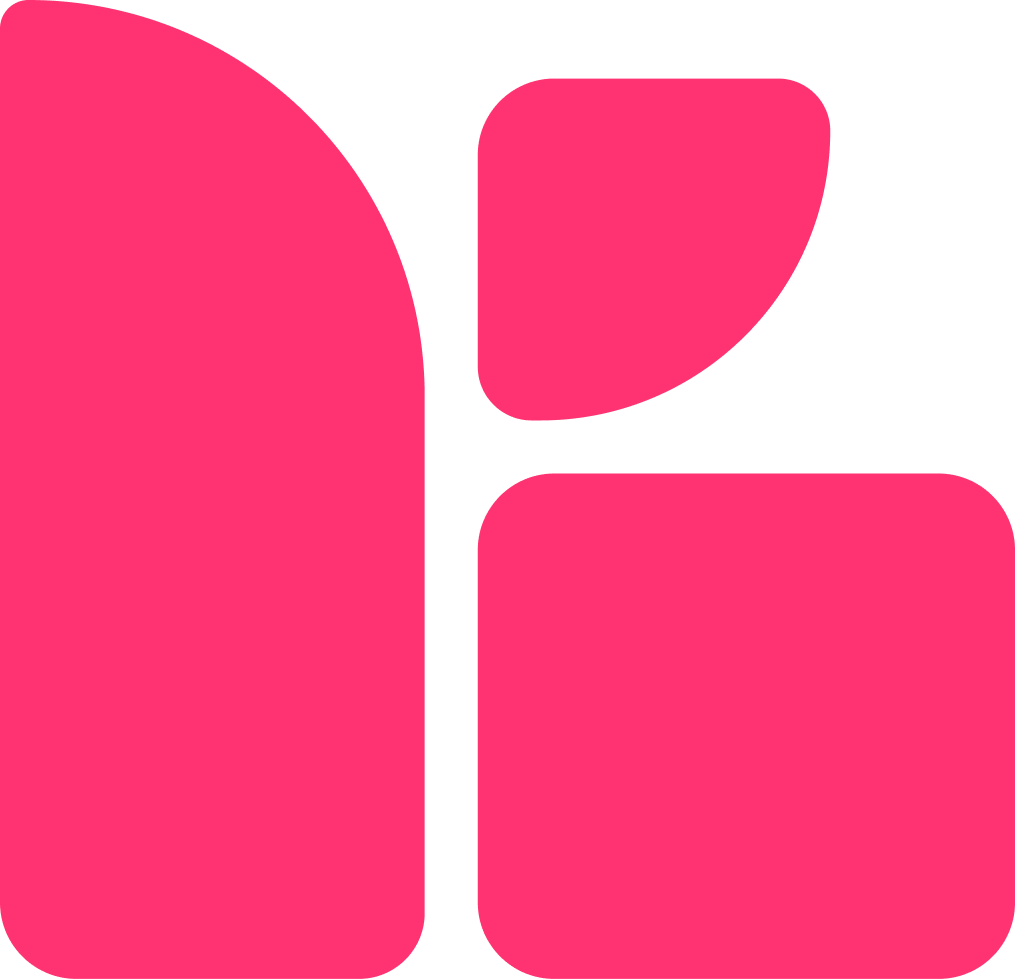The "So What?"
UX Insights. Vol. 2
Welcome back to my UX Insights segment, where I share my personal experiences in UX! This is the second part of the topic I started in Vol. 1, and this time we’ll delve deeper into working with the Double Diamond (DD) framework.
Previously on the "UX Insights Segment"
In the first part, I highlighted the importance of working thoughtfully on a project by optimizing your time and research efforts within the DD. I shared my journey from feeling overwhelmed by the process to embracing a more strategic approach. In Vol. 1, I mostly focused on my personal insights rather than practical steps. Today, we’re making a 180° turn—so buckle up!
Asking the right questions
When it comes to your design process, it’s crucial to keep the end goal in mind: finding solutions to the problem at hand. Often, you may begin a project by deciding on a specific set of deliverables, which begs questions like: "What value will they bring to the table?" and "Will your research benefit from this particular deliverable?".
At the same time, to conduct each deliverable more thoughtfully, you might need to answer questions such as: "How can I use this insight to benefit a certain deliverable outcome?", "Should I focus on conducting this research from a different perspective?" or "Should I concentrate this analysis only on a specific topic?".
Of course, all of these questions are quite complex and require a certain level of critical thinking. You might not always even consider asking a question in a particular way, which can complicate my advice further. BUT there is a shortcut—a way to distill everything into a small yet extremely valuable question: "So what?".
So what?
The "So what?" question is one that any designer should use practically all the time, whether to define your next steps or respond to someone's requests. This question serves as a tool in understanding user needs and the essence of the challenges they face. By repeatedly asking "So what?" you can refine your approach and ensure your decisions are user-centered. Answering the "So what?" question will provide you with one of two important outcomes.
It will help you realize that the initial idea isn’t worth pursuing, prompting you to explore a different path.
It will deepen your understanding of the core problem by pushing you to think outside the box, much like peeling away the layers of an onion.
Similar to the second outcome, the technique of "5 Whys" works. This method helps you uncover the root cause of a problem by encouraging you to look beyond its surface. By simply asking "why" up to five times during any problem-solving activity, you increase your chances of arriving at a much better solution. Here's an example of getting to the core problem using the "5 Whys" technique:
Problem: I'm late to my barre class
Regarding "So what?", there are no strict rules about how many times to ask it, but I definitely recommend using it at least once or twice before making each decision. This way, you establish not only a reason for taking action but also a rationale for the expected outcome. Okay, that's all fun and dandy, but it might not feel as practical as I promised above. So let’s dig deeper and look at some practical examples!
Using the "So what?"
Now that I've gone through the "what to do," let's take a look at the "how to do" and analyze the two outcomes of the "So what?" question mentioned above using the same project for each example: "An app for online design classes."
First, we will cover the outcome #1 that prompts you to change the direction of your initial idea:
Now, let's take a look into the outcome #2 that deepens your understanding of the core problem:
Let's sum it up!
In this segment, we explored how the "So what?" question serves as a vital tool for understanding user needs and addressing core problems. By focusing on user experiences and continuously asking "So what?", we can create more effective solutions through strategically informed decisions that truly enhance the user experience. Whether you’re deciding on deliverables or refining your approach, this question encourages deeper insights that guide your projects toward success.
So, let’s sprinkle a little magic into our projects with these insights! I’d love to hear your thoughts and experiences—let’s keep the conversation going as we navigate the world of UX together!



